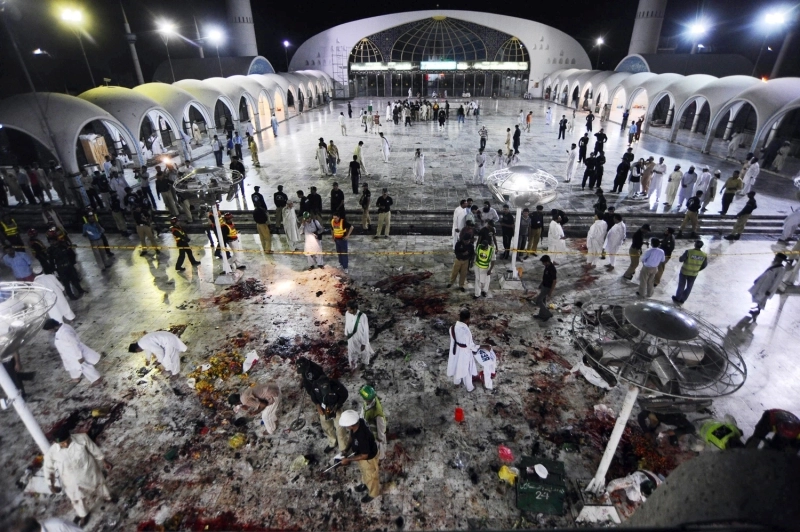An interesting policy brief by the Jinnah Institute
In recent months, militant efforts have turned increasingly to operations in the heart of Pakistan’s cities, as their strongholds come under fire in FATA. Indeed, 2010 has seen an unprecedented increase in drone attacks – more than all the previous years combined. The Brookings Institute reports 15 drone attacks in September alone, making it the most intensive use of drones in the history of this region. According to columnist Raza Rumi, the military operation has frustrated the militants, forcing them to turn their attention to civilian targets. There could be several reasons for this: attacking the most vulnerable part of the state is a reminder that militants are still at large, and killing civilians may result in pressure on the government to negotiate with extremist groups. The consensus, on all fronts, is that urban terrorism will increase before it abates. The loose ideological alliance of militant groups (call them Al Qaeda, the Taliban, whatever you like) faces tremendous pressure in the tribal areas, and is turning to local sectarian outfits in Punjab and Sindh to tap into urban networks and knowledge of local targets.
The question remains, what makes the hundreds of shrines across Pakistan’s rural and urban landscape a prime target for militant groups?
Read the full brief here



